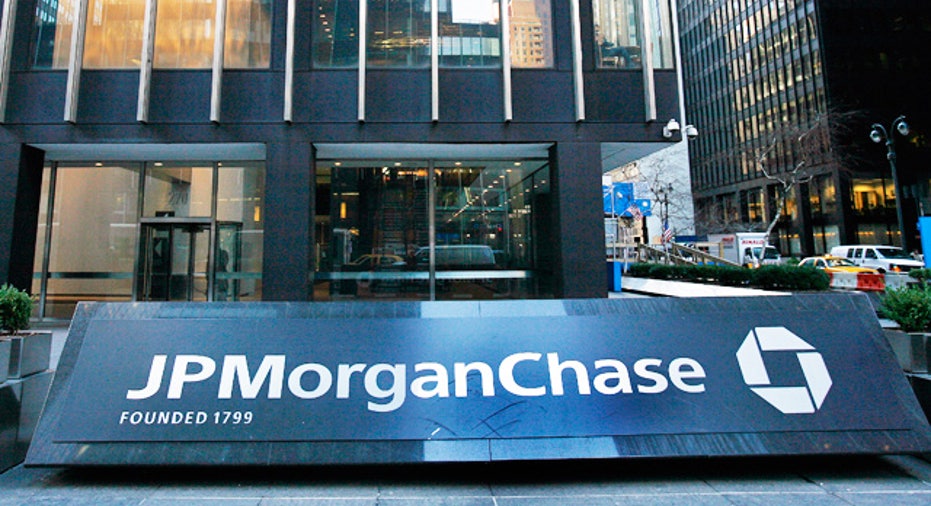JPMorgan Chase 1Q Earnings Top Estimates

JPMorgan Chase, the biggest U.S. bank by assets, reported a drop in quarterly profit - its first in five quarters - as costs to cover sour loans to troubled oil companies rose and revenue from trading and investment banking declined.
But both earnings and revenue beat analysts' lowered expectations, helping to lift the bank's shares by about 2.6 percent to $60.85 in premarket trading on Wednesday.
JPMorgan is the first U.S. bank to report results for what is generally being seen as the banking industry's worst start to a new year since the 2007-2008 financial crisis.
A slide in commodity and oil prices, a slowdown in China, near-zero interest rates, mounting regulatory costs and hefty capital requirements have all contributed to the weakness.
And while stock market activity picked up in March, that was not enough to make up for weak trading volumes during a volatile January and February.
Industry-wide, investment banking fees fell 29 percent in the first three months of 2016, the slowest first-quarter since 2009.
JPMorgan's investment banking revenue slumped 24.5 percent on lower debt and equity underwriting fees even though the bank topped the global league table with $1.22 billion in fees during the quarter, according to Reuters data.
Financial stocks were the worst performers in the S&P 500 index in the quarter, falling 5.6 percent compared with the overall index's rise of 0.8 percent.
JPMorgan's stock fell 10.3 percent in the period - but the shares of its five big U.S. rivals fell by even more.
Investors and regulators have been concerned that depressed oil prices over the past year and a half have put not only corporate borrowers at risk but is leading to job losses that threaten the overall economy, adding to banks' bad loans.
NOT SO GLOOMY
But JPMorgan Chief Executive Jamie Dimon struck a positive note, saying "the U.S. consumer remains healthy and consumer credit trends are favorable."
JPMorgan's net income fell 6.7 percent to $5.52 billion in the first quarter ended March 31. The bank earned $1.35 per share, handsomely beating the average estimate of $1.26, according to Thomson Reuters I/B/E/S.
Total revenue fell 3 percent to $24.08 billion, but beat the average estimate of $23.40 billion. Revenue from fixed-income trading - often JPMorgan's most volatile business - fell 13.4 percent to $3.60 billion.
Fourteen of 29 analysts covering the company lowered their earnings per share estimate by an average 1.5 percent in the last 30 days, according to Reuters data.
Provision for credit losses nearly doubled to $1.82 billion, mainly due to reserve increases related to the oil and gas and metals and mining sectors.
Bank executives had warned in February that they expected to shell out $500 million more in provision for expected losses on energy loans.
Total non-interest expenses fell 7 percent to $13.84 billion, helped by lower legal costs.
Like other U.S. banks, JPMorgan has resorted to aggressive cost controls to underpin earnings over the past several quarters as revenue growth remains sluggish.
Bank of America and Wells Fargo, the second and third-biggest U.S. banks, report on Thursday.
(Reporting by Sweta Singh in Bengaluru; Editing by Ted Kerr)
(Reporting by Sweta Singh in Bengaluru)



















